I just wrapped up another session of the AIP Lecture Series, marking two years of teaching this online course, and I’m reminded that one of the (many) benefits of this type of intensive educational experience is the opportunity to:
- emphasize the comprehensive and holistic nature of the Autoimmune Protocol;
- maintain a positive focus on what to eat (rather than perseverate on what to eliminate);
- dive into the nitty gritty why’s behind, and scientific evidence for, each facet of the protocol;
- discuss how to troubleshoot and individualize the AIP; and
- address mindset, balance, and sustainability when it comes to utilizing the AIP as a complementary approach to healing.
These topics, of course, are also all covered in detail in my first book, The Paleo Approach, which even after nearly six years since its publication, remains the definitive guide on the Autoimmune Protocol. However, the layering of information with a multimedia approach plus the interactive nature of the AIP Lecture Series means that none of the above important topics can slip by unnoticed. I firmly believe that a thorough understanding of the ins and outs of the AIP is key to using it successfully, whether that’s through self-education (reading my books and/or the vast collection of articles on the AIP on my site, for example), 1-on-1 coaching (like working with an AIP Certified Coach), group coaching (like SAD to AIP in Six), or a virtual classroom (like the AIP Lecture Series).
The problem with either misunderstanding or not recognizing key facets of the Autoimmune Protocol is that it can lead to trouble. For example, I recently wrote about Carbohydrate Intake on the Autoimmune Protocol because I’ve encountered so many people who adopted a too-low-carb version of the AIP that led to sleep disturbance, hormone imbalance, poor energy, or worsened gastrointestinal symptoms. Following the Autoimmune Protocol based only on reading a list of yes and no foods is like having a toolbox with only a saw and a hammer. Sure, you can fix lots of things with a saw and a hammer. But, what if you need to tighten a screw?
The AIP Is a Toolkit
Let’s expand on the toolbox metaphor for a moment, because it relates to the central point of this article (I promise I’m getting to it!) and because I refer to the AIP as a toolkit throughout the AIP Lecture Series.
The AIP is like a well-stocked toolbox, one that you can reach into throughout your life for the right tool to help you navigate a wide variety of health challenges.
To understand this metaphor, it helps to re-iterate that the Autoimmune Protocol is a complementary approach to health and healing for those challenged with autoimmune disease or other chronic illnesses related to inflammation and immune dysfunction. It’s not a substitute for your doctor, but instead is compatible with informed and judicious use of conventional medicine interventions, pharmaceuticals, and supplements, and fully embraces functional medicine. It includes equal focus on diet and lifestyle, especially factors that directly impact gut health (which includes gut barrier, microbiome, gut-relevant hormones, digestion, and detoxification), immune health, and endocrine health. The AIP diet is designed to be nutrient-sufficient, meaning that it supplies ample quantities of all essential and non-essential nutrients. The AIP lifestyle focuses on sleep, stress, activity, nature, connection and social networks, including addressing all challenges to dialing in each factor (such as addressing obstructive sleep apnea to improve sleep quality, or working with a qualified professional on mental health challenges as part of managing stress). And, the AIP respects bioindividuality and strongly encourages self-discovery through reintroductions (even including foods that aren’t traditionally considered Paleo).
In short, the AIP is a collection of best practices related to diet and lifestyle, not to the exclusion of additional treatments or interventions, that can be individualized to address specific circumstances and goals, framed in the context of a person whose health challenges imply a lower resilience to suboptimal choices.
Yep, that’s a great collection of tools that can apply to a whole range of possible health challenges. But, is the AIP a cure-all? Can it fix everything? Nope. Just like sometimes you need to call a certified electrician or plumber to fix a problem using their specialty tools and expertise, in your health journey, you will sometimes need treatment and guidance from a healthcare provider. There are health challenges that can’t be fixed with diet and lifestyle. There is a time and a place for medication and other conventional medical interventions (and that doesn’t mean you failed at the AIP or didn’t “AIP hard enough”, but it also doesn’t let you off the hook for making those healthy day-to-day diet and lifestyle choices either). Hopefully, the self-discovery aspect of the AIP will help you to know when to call in the pros versus when to DIY.
Mindset: The Key to AIP Success
Mindset while following the AIP is an especially important topic to address, because the most common trip-ups that AIP-ers experience tend to relate back to mindset. I’ve discussed many issues related to AIP mindset in previous posts:
Save 70% Off the AIP Lecture Series!
Learn everything you need to know about the Autoimmune Protocol to regain your health!
I am loving this AIP course and all the information I am receiving. The amount of work you have put into this is amazing and greatly, GREATLY, appreciated. Thank you so much. Taking this course gives me the knowledge I need to understand why my body is doing what it is doing and reinforces my determination to continue along this dietary path to heal it. Invaluable!
Carmen Maier
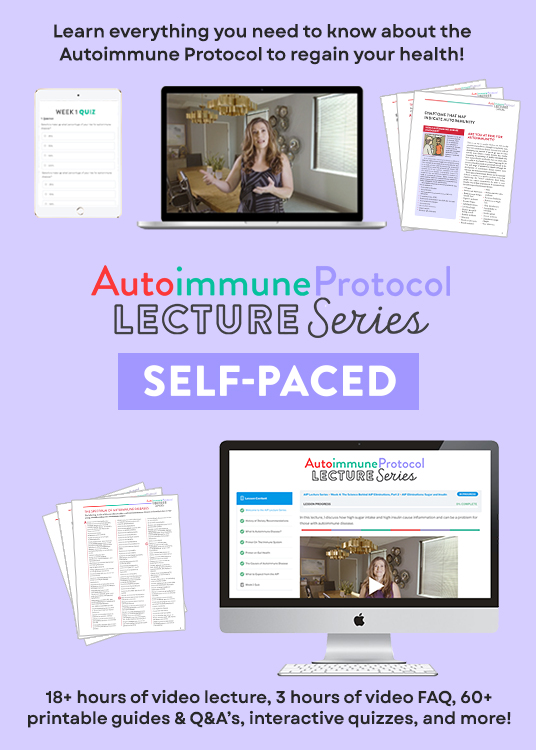
- AIP Mindset: Optimism, Hope and Healing,
- AIP Mindset: Putting Myself First,
- AIP Mindset: Cooking is Not a Burden,
- AIP Mindset: Getting Beyond Feeling Deprived, and
- Making Healthy Choices: What’s Your Currency?
And, mindset is an emphasized topic, especially in the final [6th] week, of the AIP Lecture Series. The first lecture of Week #6 is titled AIP Do’s and Don’t’s. I use this lecture as both an opportunity to summarize the key tenets of the Autoimmune Protocol and to address the most common missteps related to mindset.
The do’s generally relate to acknowledging and respecting all of the key facets of AIP diet, lifestyle, refinement and troubleshooting. Paraphrased, they look something like this:
- ensuring micronutrient sufficiency (tracking if necessary);
- eating nutrient-dense superfoods (tons of veggies including a wide variety, seafood, organ meat);
- eating gut health superfoods (see Updates to the Autoimmune Protocol)
- seeking as wide a variety of foods as possible;
- seeking higher food quality and embracing the local food movement;
- eliminating dietary and environmental toxins;
- focusing on sleep, stress reduction, increasing resilience to stressors, movement and activity (avoiding overtraining), nature, connection and social networks;
- remembering that the AIP includes 3 phases (elimination, reintroduction, maintenance) so don’t get stuck in the eliminations
- troubleshooting using functional medicine principles with a qualified practitioner
- seeking balance and sustainability
- nurturing yourself (make sure looking after yourself makes it onto the To Do list)
- communicating with your loved ones about your needs
- planning ahead and prepare for the unexpected
- having contingency plans so you can stay on track
The don’t’s relate to ignoring any part of the AIP protocol:
- not addressing food aversions or phobias that may overly restrict diet
- combining protocols unnecessarily, again overly restricting diet
- not prioritizing or adequately addressing challenges to getting enough good quality sleep
- not adequately managing stress or addressing mental health challenges
- giving up too early, or the opposite, AIP’ing “harder” (i.e., restricting more foods) instead of troubleshooting with a qualified practitioner,
- holding yourself to impossible standards (which means that the stress induced by the AIP outweighs other benefits)
In particular in this lecture, I discuss orthorexia, fear of reintroductions, and food phobia as the first three AIP Don’t’s to avoid.
And yes, we’ve finally come to the central point of this article (thanks for trusting me to get there!): the baggage we can bring to the AIP. I would argue that a food-phobic implementation of the AIP doesn’t qualify as actually following the Autoimmune Protocol. I’ve talked with people who only eat 12 different foods. Just because those foods are AIP, doesn’t mean that their diet is (they’re almost certainly missing out on important nutrients with such limited food variety). I can make a similar argument about avoiding reintroductions (there’s no opportunity for individualization, self-discovery, or nutrient expansion!) and orthorexia (lifelong health requires finding balance and sustainability, not to mention the stress management and mental health sides of this equation).
Because the importance of addressing these mindset challenges can be lost in the absence of a thorough AIP education like the AIP Lecture Series, I feel that it’s important to call them out.
When Compliance Becomes Orthorexia
There’s a whole section on orthorexia in The Paleo Approach because I recognized very early in both my personal health journey as well as my professional one that those of us with a history of eating disorders are at higher risk of developing orthorexia even when adopting a diet for therapeutic purposes.
When you have an autoimmune disease, it is easy to become paranoid about exposure to foods that might trigger an autoimmune flare. And if you have had the experience of an accidental exposure, or an attempted reintroduction, that did make you very ill, your paranoia is well justified!
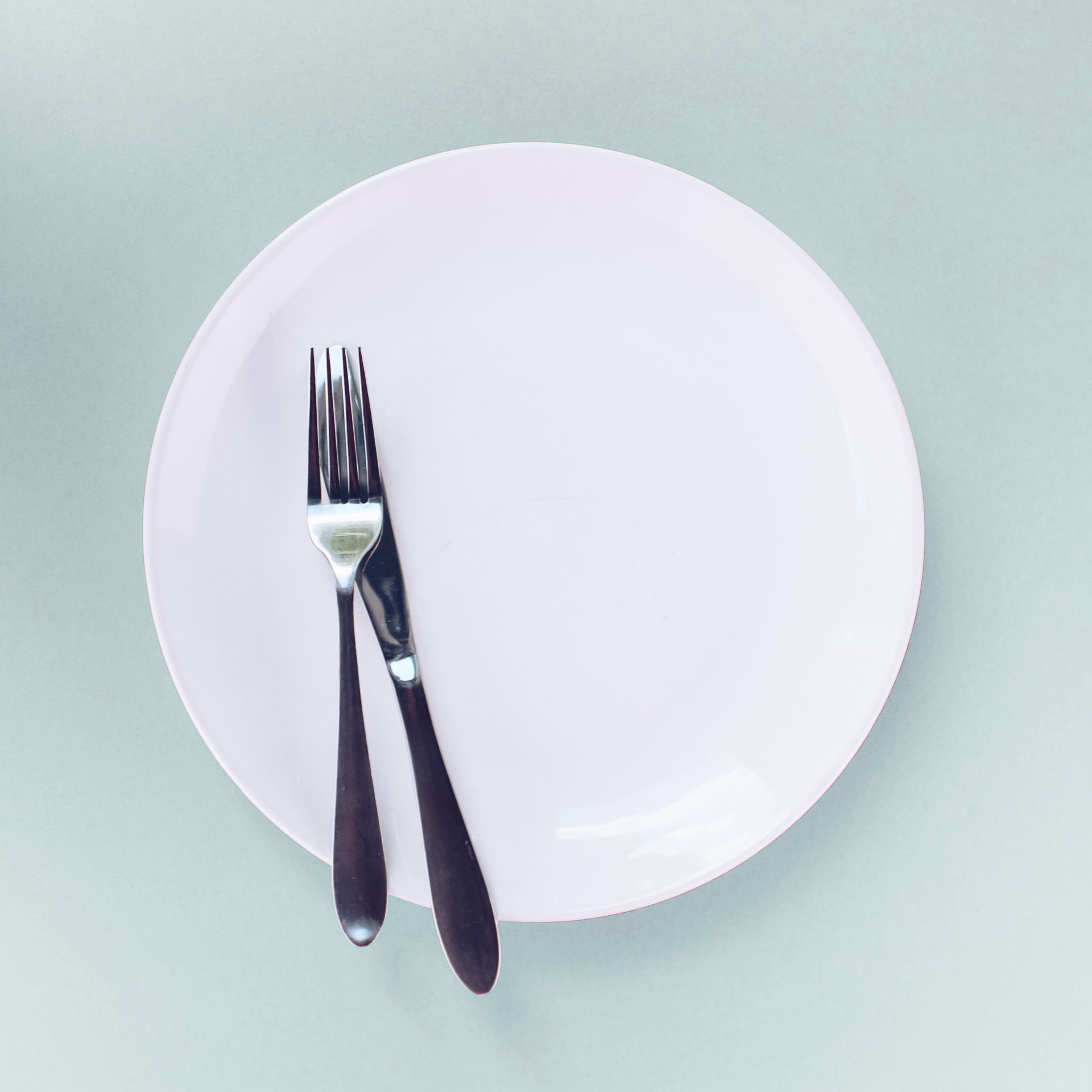
However, it is still important to maintain a healthy attitude toward food and not to let the idea of exposure to a “bad food” become an obsession. It’s okay if one day your macros are skewed. It’s okay to have an occasional treat (especially if you can keep it within general AIP guidelines, and/or utilize ingredients you’ve already successfully reintroduced!). It’s okay if one week you don’t eat organ meat even once, or if you eat broccoli four days in a row. Fixating on food choices, perseverating on details, or overstressing about meals is not healthy. It is not the intention of the Autoimmune Protocol to turn food into yet another cause for stress in your life.
Orthorexia is an eating disorder in which people develop an excessive preoccupation with avoiding foods perceived to be unhealthful. When foods really do make you sick, the line between being proactive about your health and feeding a morbid obsession with eating only “healthy foods” can be a fine one. Be aware of how your attitude toward food is affected as you implement the Autoimmune Protocol. If you suspect that your attitude is becoming unhealthy, find someone you can confide in and talk through your feelings with to get some perspective. If you feel like you have developed orthorexia, it’s important to get treatment for this eating disorder.
For an even deeper dive into this topic, I recommend reading Does AIP Cause Eating Disorders? by my friend and colleague Angie Alt, NTC, CHC over at AutoimmuneWellness.com.
Fear of Reintroductions
The Autoimmune Protocol is divided into 3 phases: elimination, reintroduction, and maintenance. It’s easy to get trapped in the elimination phase, because that’s what all of the AIP food lists focus on. But, reintroductions are super important! In fact, the entire last chapter of The Paleo Approach covers reintroductions and there’s a lecture dedicated to the topic in the AIP Lecture Series.
There are some nutrient-dense foods that are eliminated in the elimination phase of the AIP, but that are very worthwhile testing through a food challenge, aka a reintroduction, because if they are well tolerated, they are a wonderful addition to the diet! There’s a variety of reasons why these otherwise healthful foods are initially eliminated on the AIP, including: high allergy/intolerance rates (like nuts, see Nuts and the Paleo Diet: Moderation is Key); problems for known subsets of autoimmune disease sufferers (like coffee, see Coffee and Autoimmune Disease); the food containing both valuable nutrients and potentially problematic compounds, making a case for their overt inclusion in AIP very weak (such as eggs, see The WHYs behind the Autoimmune Protocol: Eggs); or because the food contains compounds that are known to be inflammatory or stimulate the immune system (such as nightshades, see What Are Nightshades? and The WHYs behind the Autoimmune Protocol: Nightshades). The likelihood of a food triggering a reaction versus the nutrients that food contains (or other benefits, such as to the gut microbiome) is the calculus that goes into the four phases of reintroduction, see Reintroducing Foods after Following the Autoimmune Protocol and Updates to the Autoimmune Protocol.
I understand feeling afraid that a reintroduction could trigger a nasty reaction or an autoimmune flare. I’ve experienced it! But, this is such valuable information, even when an attempted reintroduction fails! The goal of this self-discovery phase of the AIP is to truly understand your own body, the lines you can’t cross and your wiggle room, while expanding your diet! The benefit of a successful reintroduction is fantastic! The Phase 1 & 2 reintroductions especially include nutrient-dense foods that: improve our quality-of-life (hello, coffee and chocolate), can be a boone to our health (nuts and seeds are awesome for the gut microbiome!), and make travel and eating out so much easier.
In reality, most AIP-ers end up eating somewhere between the AIP and Paleo as their maintenance diet, maybe even including some foods not traditionally considered Paleo (but that deserve a closer look, such as rice, lentils, chickpeas, and A2 dairy). Methodical reintroductions is the path through to the maintenance phase.
I’ve always been hesitant to put a firm time frame on when to try reintroductions, because there seems to be a fairly large variability in how quickly people experience symptoms improvement when they first adopt the Autoimmune Protocol (likely related to disease activity, genetic risk factors, nutrient deficiencies, digestion efficiency, underlying challenges, and specific implementation of the AIP diet and lifestyle). I’m hoping the published and ongoing clinical trials on the AIP will help to make this clear (discussed here). In the meantime, I teach my students in the AIP Lecture Series that if they’re not seeing improvement within three months, not to continue banging their head against the wall, but instead find a functional or integrative medicine practitioner to troubleshoot with. (I also encourage them to examine the AIP Do’s and Don’t’s to make sure they aren’t missing a fundamental piece of the protocol.) I don’t recommend trying any reintroductions for at least 2-4 weeks after implementing the elimination phase of the AIP; and, I don’t like to see people waiting more than 3-6 months to start trying some reintroductions, due to both the ease of identifying food reactions and because of the tremendous value of this self-discovery phase of the AIP. Again, see see Reintroducing Foods after Following the Autoimmune Protocol and Making Healthy Choices: What’s Your Currency?.
The Problem with Food Phobia
I wrote about the most common variation of food phobia way back in 2013 in Veggiephobia: Why limiting your vegetable intake might be slowing down healing. However, there’s other manifestations of food phobia that can overly restrict your diet while attempting to implement the AIP. For example, some people are grossed out by eating organ meat (if that’s the case, there are some good tricks to get around this, see for example 3 Painless Ways to “Eat Your Liver”). Others might bring an outdated or fad dietary philosophy to the AIP, such as combining the Autoimmune Protocol with a low-carb or keto approach, or with the GAPS, SCD, or candida diets (see Carbohydrate Intake on the Autoimmune Protocol, The Case for More Carbs: Insulin’s Non-Metabolic Roles in the Human Body, Paleo, Resistant Starch, and TMAO: New Study Warning Worth Heeding, Adverse Reactions to Ketogenic Diets: Caution Advised and How Ketogenic Diet Wreaks Havoc on Your Gut).
The reason why these food-phobic approaches to the AIP are problematic is that they can limit the number of different foods that you’re eating to the point where nutrient sufficiency, arguably the most important facet of the Autoimmune Protocol, is impossible to achieve. Furthermore, nutrient sufficiency of essential nutrients isn’t likely enough to support life-long health. While we can’t label phytochemicals like polyphenols as essential, we do know that they are absolutely fundamental for health, and with approximately 12,000 of them identified, the only way to get a variety of these awesome anti-oxidant, anti-cancer, anti-inflammatory (etc., etc.,) compounds is to eat a variety of vegetables and fruits. See also The Importance of Vegetables, The Amazing World of Plant Phytochemicals: Why a diet rich in veggies is so important!, and Polyphenols: Magic Bullet or Health Hype?.
The exception here is food allergies and intolerances. These can be tested for with a blood test that looks for IgE and IgG antibodies (and rarely, but sometimes IgA and IgM antibodies) against various food antigens. Panels can include anywhere between 50 and 500 different foods (check out EverlyWell). You typically have to have eaten the food within the previous month in order for it to show up as a positive if you are intolerant (so you can’t necessarily believe a negative result if you haven’t eaten that food in a while). These tests can be an excellent way to expedite the process of determining which additional foods need to be eliminated (your other option is a food and symptom journal combined with elimination and challenge of suspects).
Keep in mind that an elimination and challenge is considered the gold standard for identifying food intolerances. There are ways that we can negatively react to foods that we currently don’t have the capacity to test for, meaning that your can be intolerant to a food even if your body does not make antibodies against that food. Furthermore, IgE and IgG food allergy/intolerance panels do have a fairly high false positive (10%) and false negative (30%) rates. This is actually about the same as skin prick tests for allergies, which is why allergists will often follow up testing with an elimination diet and food antigen challenge. That’s a sensible way to go about verifying the results of a food allergy/intolerance panel (ideally with medical supervision).
If you have additional food allergies, your biggest challenge is going to be eating as much variety as possible and achieving nutrient sufficiency within this additional limitation. With food intolerances, I recommend working with a qualified practitioner to determine which foods should be eliminated (highest reactors) and which you can put on a 4-day rotation (lowest reactors).
In the absence of food allergies and intolerances to otherwise healthy AIP foods, it’s really important to seek out as much variety in food choices as possible, because variety of foods (I’m making the assumption here that we’re talking about healthful, whole, unprocessed foods) inherently implies variety of nutrients.
The Big Picture
Hopefully you read through this article nodding along and feeling grateful that none of this applies to you. But, if one of these topics resonated (or worse, touched a nerve), please know that you’re not alone. We all face variations of these mindset challenges at least periodically, and it’s normal for how easy it feels to follow the AIP to ebb and flow. I also don’t think it’s helpful to regret previous decisions or events, but instead to look forward with this new information and feel grateful for the journey to come.
I also want to remind you that truly understanding the ins and outs of the AIP can help inure you to at least some of these mindset challenges. In this regard, I truly believe that knowledge is power. As a reminder, you can get there via self-education (reading my books and/or the vast collection of articles on the AIP on my site, for example), 1-on-1 coaching (like working with an AIP Certified Coach), group coaching (like SAD to AIP in Six), or a virtual classroom (like the AIP Lecture Series).

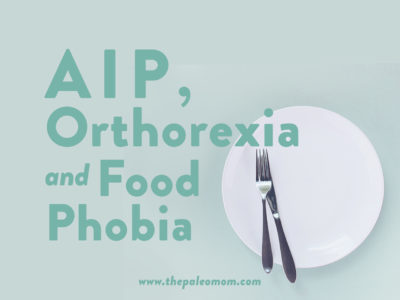
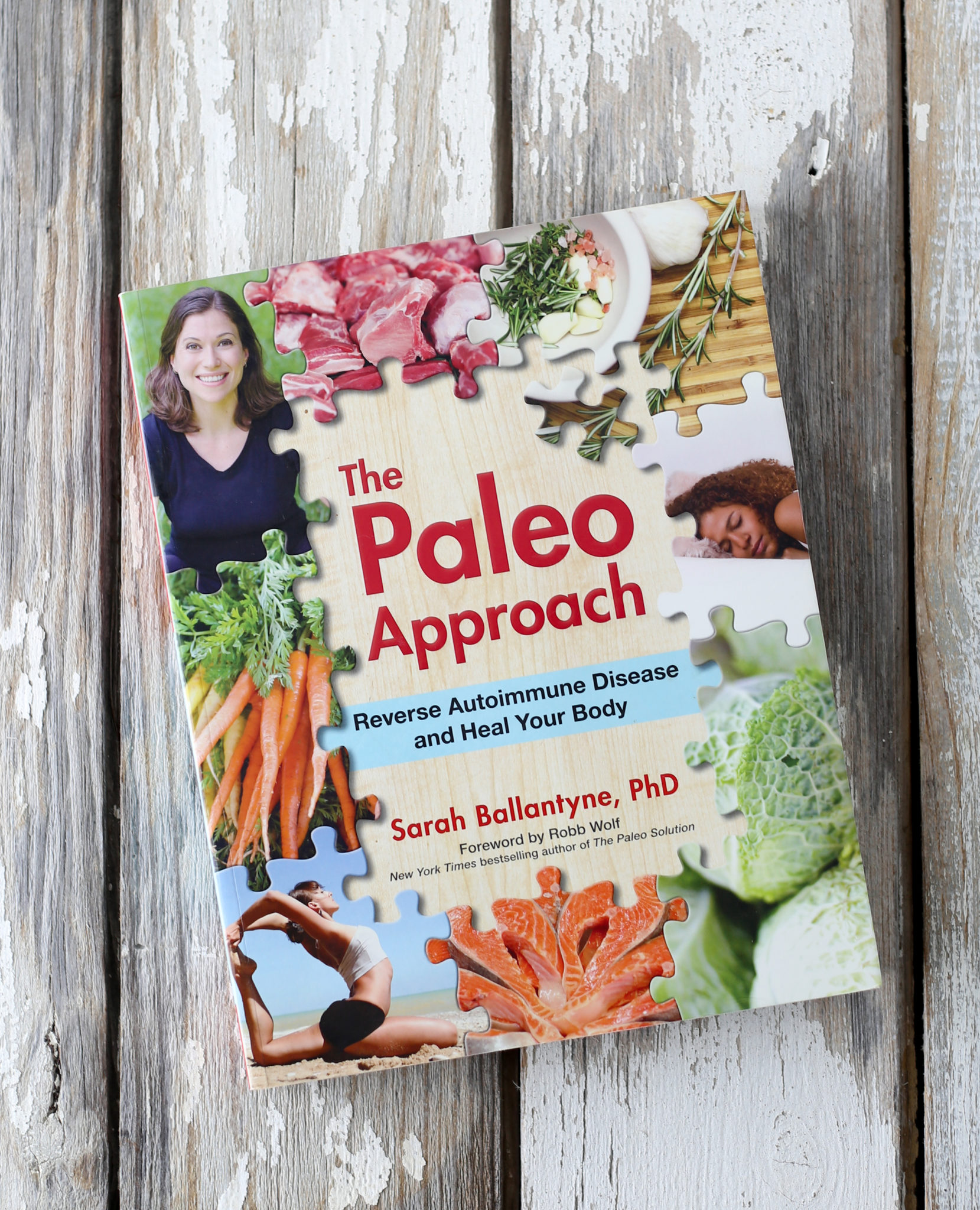
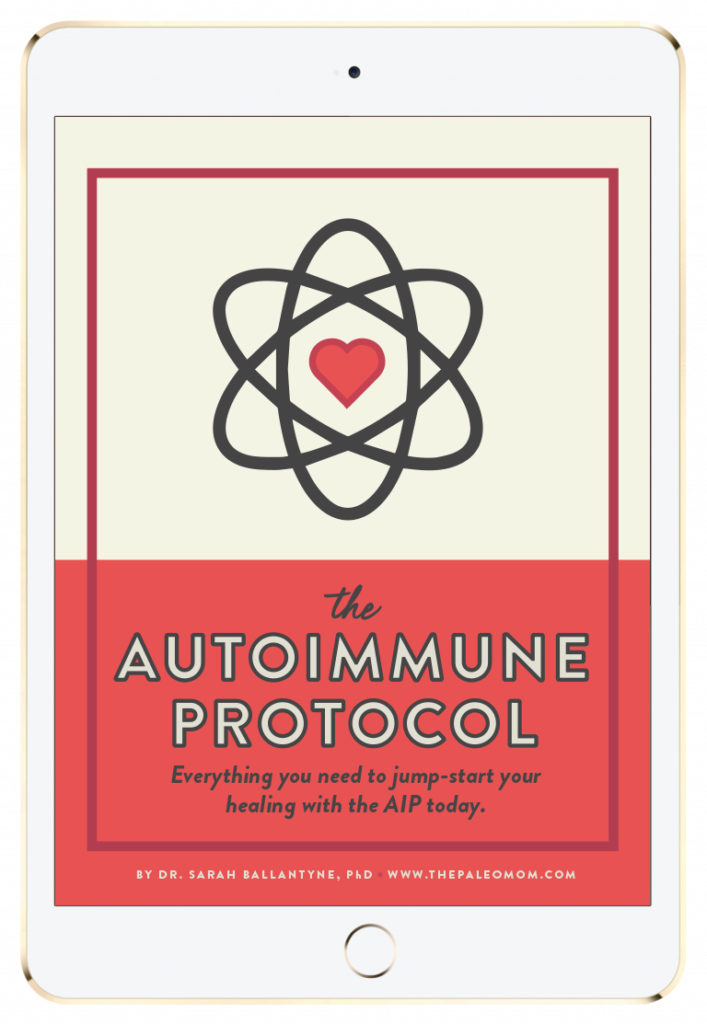



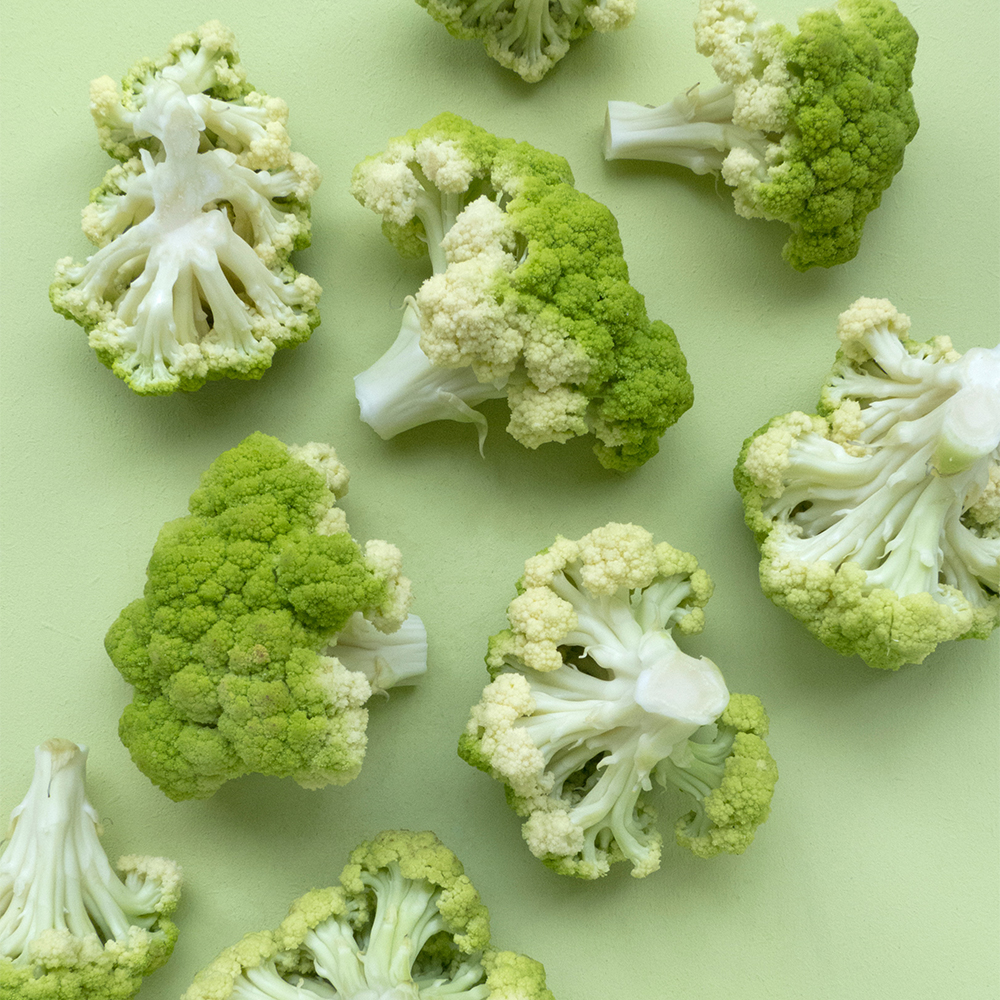


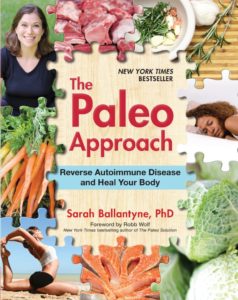
 TWV Podcast Episode 426: Updates and News From Us!
TWV Podcast Episode 426: Updates and News From Us!